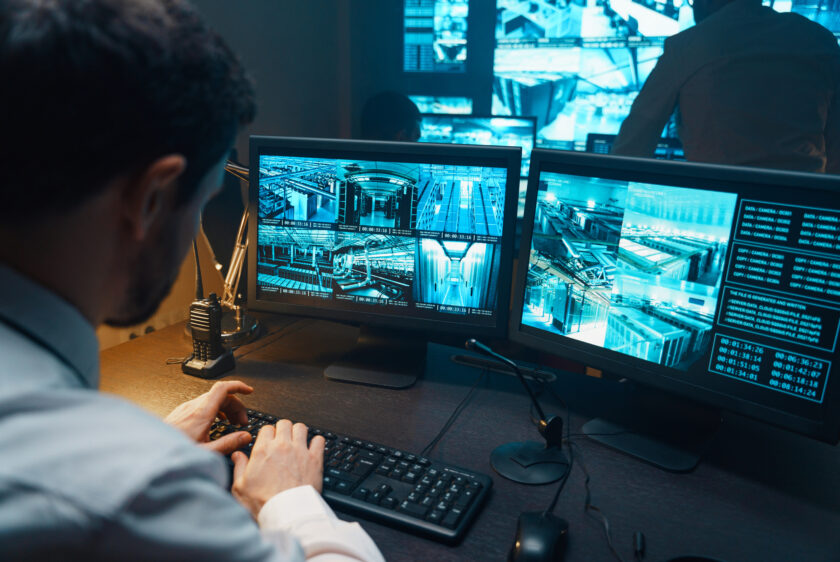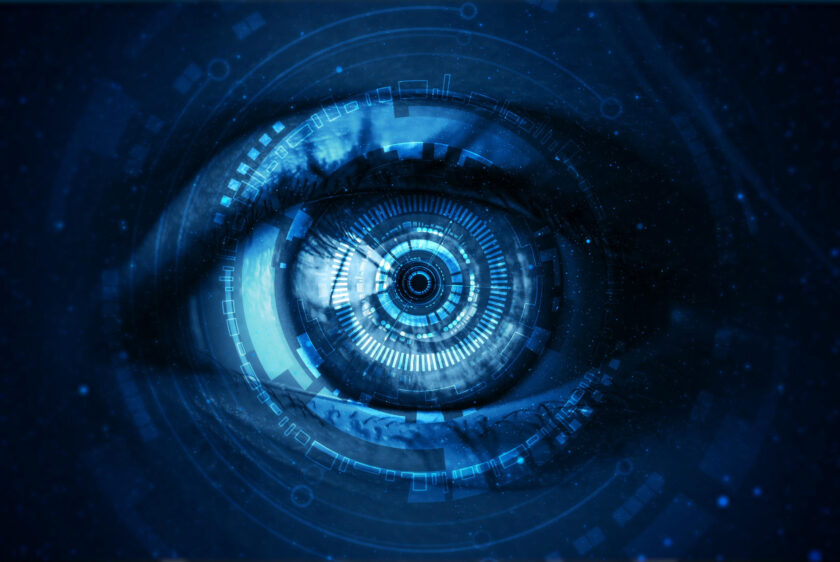
Transformative Alarm Monitoring Trends to Watch Out For in 2023
The world of alarm monitoring is rapidly evolving alongside general technological advancements. Keeping on top of new developments is essential for any Alarm Receiving Centre (ARC) or other security organisation that wants to ensure the highest standards of safety. To help you prepare, this article will explore the trends in monitoring that we can expect in 2023.
Artificial Intelligence
The increased adoption of Artificial Intelligence is prolific across industries and 2023 will see its increased application in monitoring, improving the ability to accurately detect potential threats and security risks in real-time.
With AI, monitoring will reach a whole new level. AI-enabled video analytics can extract information and patterns from footage much faster and more accurately than manual analysis, and the algorithm learns from its previous ‘experience’ in order to continually improve.
AI-cameras may start to replace standard security cameras and alarms, and intelligent devices with multiple functions will become more common (as opposed to deploying separate devices for different sensor feeds).
AI algorithms will also improve false alarm reduction, automate processes more effectively, and facilitate better performance across the board.
Smart Monitoring
The use of IP-enabled devices provides infinite opportunities for monitoring – smart sensors can detect and alert users not only to intrusion, but to any changes in their environment, including carbon monoxide levels, air quality, temperature, and gas leaks, to name but a few data streams.
Combining the IoT with AI will make devices – and networks of devices – more intelligent than ever. Organisations may therefore be able to direct more resources towards response provision.
We are the leading provider of IoT-enabled monitoring solutions. Find out more here about how we can help you monitor everything from recycling bins to sea ports.
Cloud Adoption
From 2013-2022, global spending on cloud infrastructure soared from £17.9 billion to a staggering £79.8 billion. The adoption of cloud-based SaaS systems will continue to rise, and for good reason. Cloud technology allows for remote access, fast processing, easy scalability, maximised uptime and many other benefits, all at a lower cost than legacy systems.
It’s safe to say that not adopting cloud technology is no longer an option. So many upcoming innovations depend on it and there are various risks associated with legacy systems.
Digitisation
This trend is nothing new but we will see the percentage of businesses undergoing digital transformation increase. Back in 2018, a survey by Microsoft and Accenture showed that 89% of physical security leaders said digitisation was important, and 35% of C-level executives considered it to be both important and urgent.
Those who didn’t consider it an urgent priority may have changed their minds as a result of COVID-19, which forced organisations to adapt due to the requirement for remote working.
The security industry has been slower to undergo digital transformation than others such as healthcare and financial services, and scale may be one challenging factor. Regardless, the transformation is in motion with the majority of organisations at one stage of the journey or another.
The benefits of digitisation in alarm monitoring or any aspect of physical security include improved risk management, easier access to information, greater productivity, automated processes, improved employee experience, and data-driven decision making.
Cyber-Physical Convergence
As the aforementioned technologies merge (IoT, AI and cloud), we are moving towards what is known as cyber-physical convergence – the merging of physical and cyber security systems and therefore, increased collaboration between the respective teams.
The concept applies in numerous scenarios, and as digitisation becomes more prominent in alarm monitoring, we will see the lines continue to blur between the digital and physical worlds.
A prime example of this convergence is the use of electronic locks instead of physical keys, and the security protocols involved, such as biometric authentication. Using electronic locks removes the risks associated with physical keys being lost, stolen, or copied without authorisation, therefore reducing the risks of intrusion. We will see the convergence in numerous areas, such as Access Control Monitoring and Identity Management.
Naturally, cyber-physical convergence comes with security risks. Rigorous measures will need to be in-place to protect surveillance and monitoring data while in-transit and at rest.
Analytics
As mentioned, AI-enabled video analytics will significantly advance monitoring (audio analytics is another growing area). Analytics has many other applications in the field relating to the core monitoring functions as well as other operational areas. We can only expect its use to increase.
Advancements in analytics will mean more attention is placed on the insights and what to do about them, rather than manually analysing data. More advanced forecasting will come in to place as well. The increase in analytics usage is also leading to the democratisation of data, where not just data scientists, but all relevant personnel are using analytics tools.
Conclusion
We have reviewed several key trends expected to gain traction in the security industry over the coming year. Among the most notable is AI-enabled video analytics, which has the potential to truly transform the quality of security that monitoring companies can provide. AI will also improve many pre-existing functions, such as false alarm reduction.
Smart monitoring is another vital trend to keep an eye on, bringing limitless possibilities, as well as the use of devices that monitor numerous data streams. Cloud adoption and digital transformation will continue to grow as more organisations prioritise this development, knowing that failing to do so will leave them lagging behind the competition.
Finally, we discussed the principle of cyber-physical convergence and the ways that advanced analytics will take the industry forwards.
All in all, the new advancements will help organisations focus more on response and less on detection, as they remove much of the manual work involved in detecting incidents.
Investing in the latest technologies will ensure your organisation is well-equipped to detect and respond to any potential threats, without the risks that come with outdated systems. To learn more about how our robust solutions can prepare you for 2023 and beyond, contact us today.









